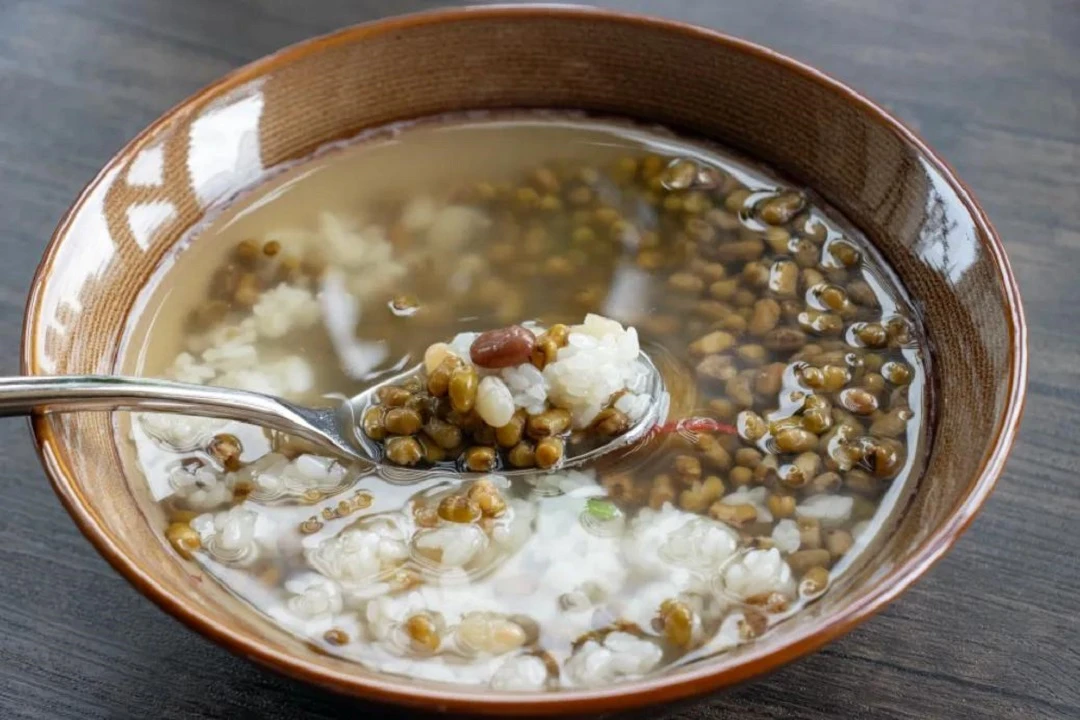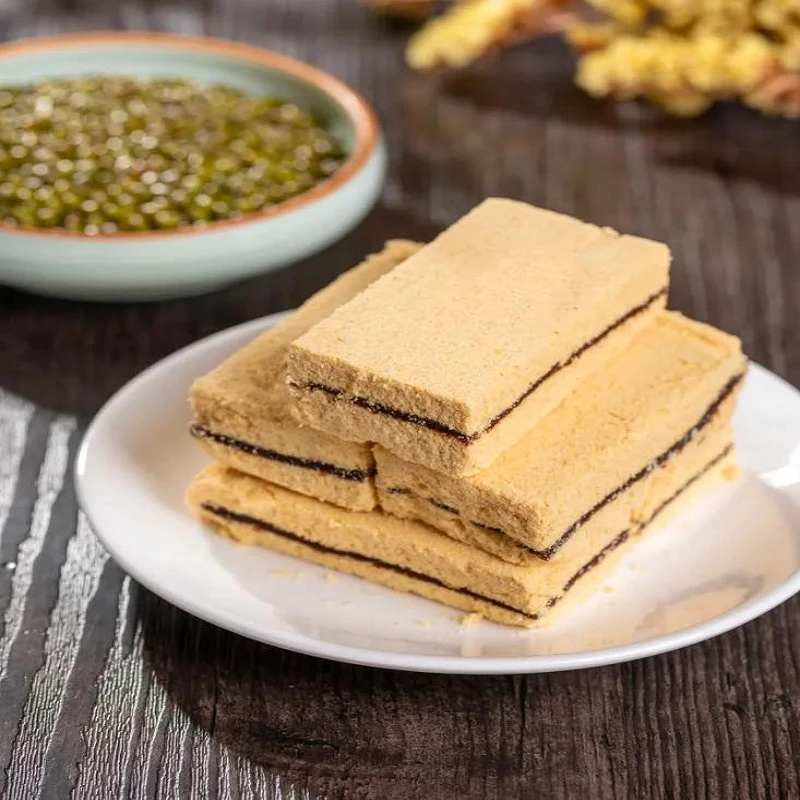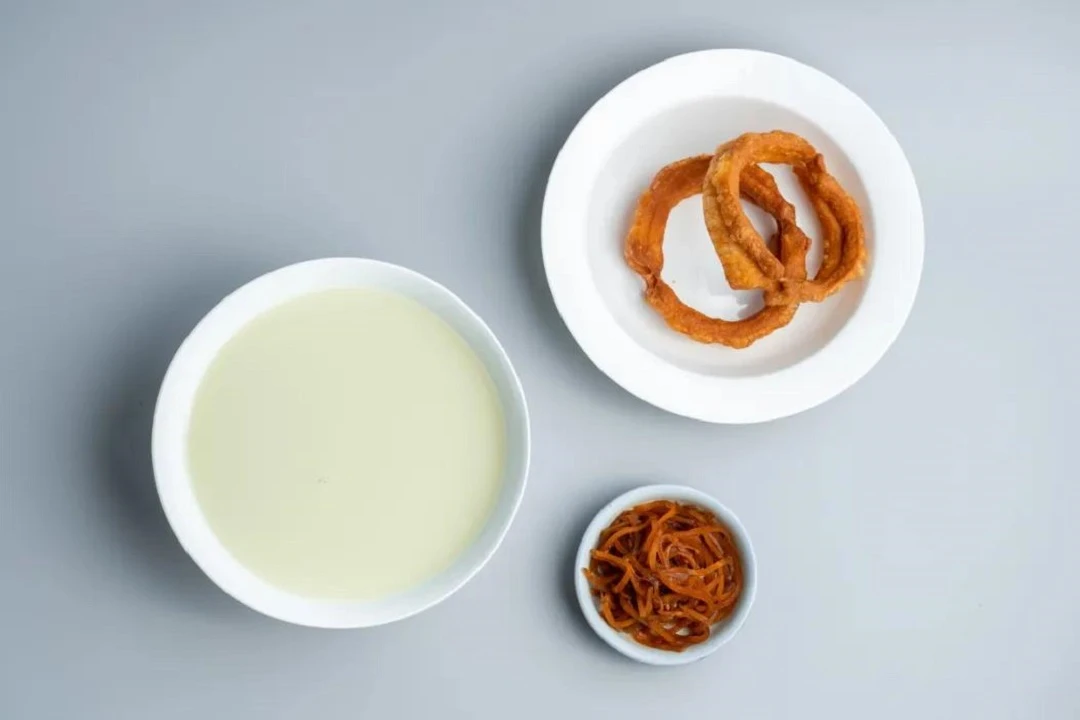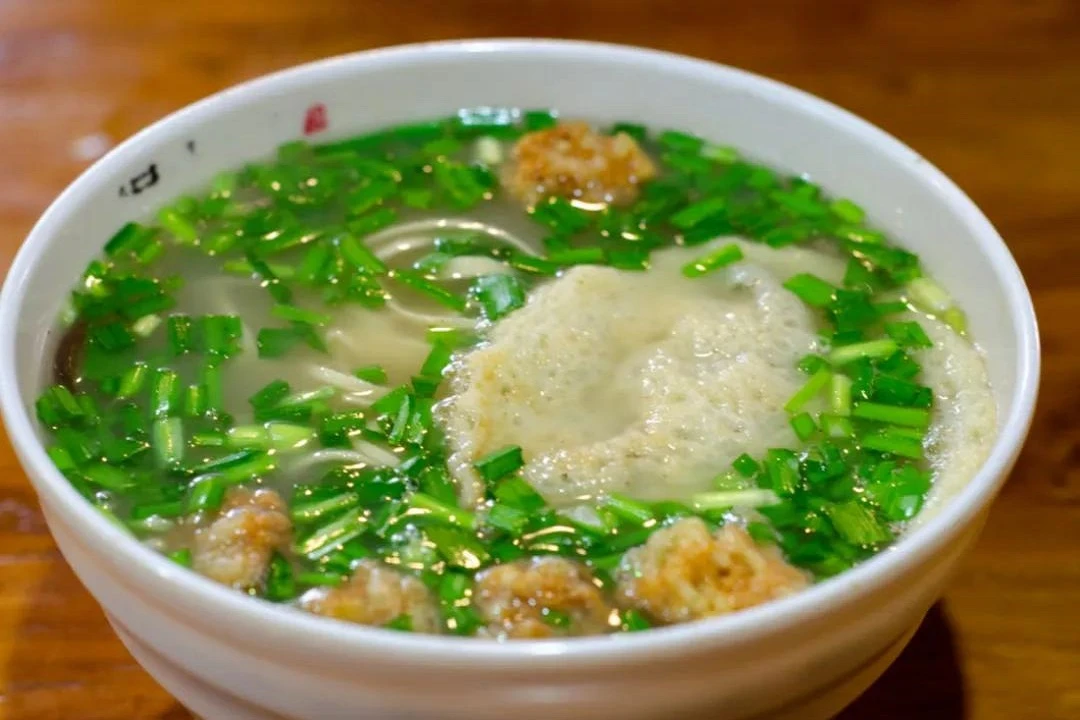In the heat of summer, nothing soothes the soul quite like a refreshing bowl of green bean soup. From its humble beginnings as a simple remedy for summer malaise to its transformation into a diverse array of culinary delights, green bean soup holds a cherished place in the hearts and stomachs of people across China.
Don't Skip Green Bean Soup: A Summer Essential
Green bean soup isn't just a beverage; it's a seasonal ritual that signifies the arrival of summer. Simple yet effective, this concoction of boiled green beans and sugar is often dubbed the "national sweet nectar." Its preparation is straightforward: boil the beans until they burst, add sugar, and let it cool. The result? A drink that effortlessly dissipates the summer heat.
Due to the abundant presence of polyphenols in green beans, oxidation can sometimes turn the soup into a reddish hue, influenced also by the alkalinity or acidity of the water used. However, this slight color variation does not detract from its refreshing taste.
Across China, regional variations add distinctive flavors to this beloved soup. In Guangzhou, green beans are simmered into a creamy paste that seamlessly integrates with the broth, enhanced uniquely by strands of seaweed. This combination, initially perplexing to northerners, harmonizes to create a richer taste profile. Traditionally, dried tangerine peel added a hint of bitterness, but nowadays, it's more common to find the refreshing aftertaste of preserved mandarin peel.
Suzhou's take on green bean soup elevates ingredient diversity to an art form. Here, green beans and glutinous rice are steamed separately and then layered in a glass, still distinct in texture. The addition of winter melon sugar, shredded candied winter melon, honey dates, raisins, and a splash of chilled mint-infused water completes this vibrant concoction, turning it into both a meal and a drink. The various textures of these ingredients, from soft and sticky to chewy, offer a sensory experience that delights both the eyes and the taste buds.
Chaozhou's "Cooling Green Bean Delight" is similarly renowned for its abundance of ingredients. The beans are precooked and peeled, resulting in a distinctive pale yellow color. Alongside winter melon sugar and fragrant banana oil, key to its flavor profile is the addition of "Qingxin Wan (清心丸) " (literally "clear heart pill"), which sounds straight out of a martial arts novel but is actually a starch extracted traditionally from the root tubers of the Dioscorea genus. Today, cassava starch is more commonly used, giving it a crystal-clear appearance and a silky texture.
Despite its sweet popularity, green bean soup also ventures into savory territories, notably in Sichuan, Chongqing, and Yichang, Hubei. Here, green beans are simmered with pork ribs until they melt in the mouth, absorbing the rich flavors of the meat. This savory twist provides a hearty alternative to the traditional sweet versions, appealing to those with a preference for robust and savory dishes.
Green Beans as Desserts: A Culinary Affair
In Hubei and Anhui, during the Dragon Boat Festival, while enjoying Zongzi (sticky rice dumplings), one can't overlook the popularity of green bean cakes. Interestingly, these cakes exhibit distinct regional differences. Northern varieties tend to be dry, with the taste of green bean powder filling the mouth instantly upon biting, offering a full-bodied bean flavor that might be a tad overwhelming. In contrast, southern versions are known for their fine and moist texture, leaving a faint oil stain when placed on white paper, ensuring a more nourishing and soft experience.
Green beans as fillings are also prominent, whether combined with wheat flour or glutinous rice. Taiwan's traditional mooncake, "Green Bean Peng (绿豆椪) ," is somewhat similar to the Suzhou-style mooncake. Layered pastry encloses sweet and savory ingredients: sweetened green bean paste and savory toppings like shallot crisps and braised pork.
Chaozhou-style mooncakes, known as "Lao Bing (朥饼) ," incorporate animal fat, requiring a generous amount of lard to achieve a smooth texture. The most iconic is the green bean paste Lao Bing, known for its tender, fragrant layers that captivate many.
In Guangxi, the favorite is the oversized green bean and pork Zongzi, where the dense green bean paste perfectly absorbs the oiliness of the pork belly in the filling, suitable for both steaming and pan-frying. In Hubei’s Hongan, Dawu, Xiaogan, and Xinyang in Henan, green bean cakes are fried with well-kneaded glutinous rice dough, shaping them into round, thin green bean stuffing pancakes, frying them golden on both sides, and making them crisp on the outside and soft on the inside.
Green Beans as Staple Foods: Beyond Expectations
Green beans are also processed into staple foods, with green bean vermicelli being the most common. Grinding green beans into a slurry, then roasting them into thin pancakes, slicing them or cutting them into blocks, is the basic version of this food in various places. As the pure texture of green bean flour is rather loose, for the sake of improving its taste, rice and millet are often ground together.
The famous breakfast "Gaba Cai (嘎巴菜) " in Tianjin is first made into a paste with green beans and millet, flattened into thin pancakes, cut into willow-shaped slices, and topped with vegetarian broth. With sesame sauce, tofu milk, and coriander, the taste is strong and the fragrance is strong.
Beijing snacks "La Chah (饹馇) " (also called Koje) are also made by rolling green bean pancakes into rolls, cutting into pieces and fried. Another "La Cha Box" is made with carrot, coriander, and broken green bean pancakes, sandwiched between two green bean pancakes, glued with a little starch, cut into small pieces, fried cooked, and dipped in garlic juice.
In Luoyang, Henan Province, the green bean pancake is called "Bu Faner." Each is the size of a soup bowl, suitable for making "no flip soup (不翻汤)." Two round turnips are placed in a bowl, poured with bone soup, and topped with yellow flower vegetables, fungus, and vermicelli.




